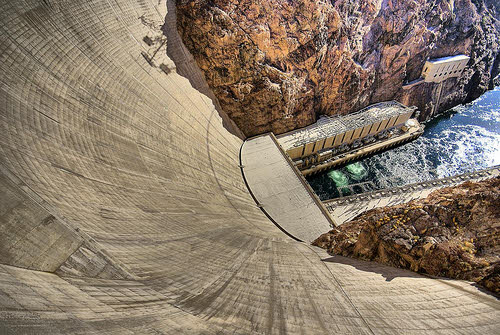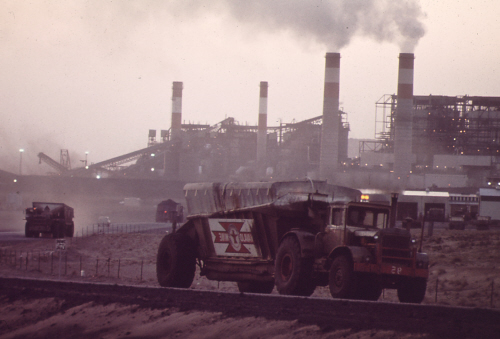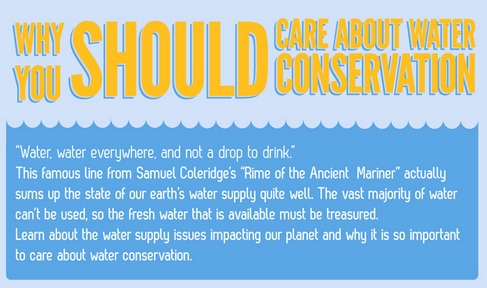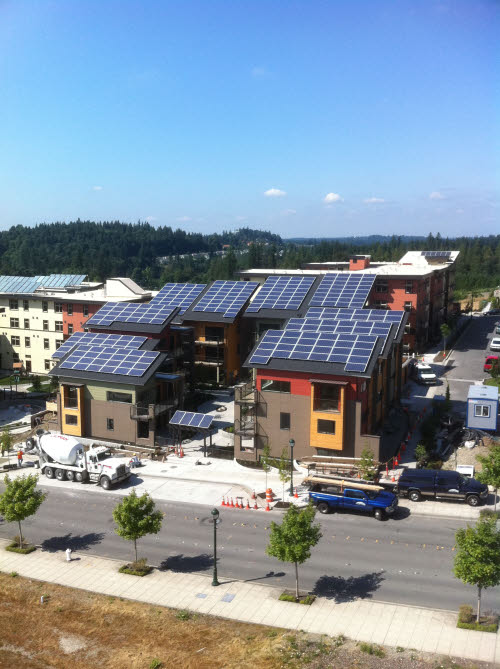Bottled water is sold to us as a fresh, healthy, and pure product. Yet in reality, when you buy a bottle of water you’re may just be buying back your local tap water at a mark-up of up to 1000 times the actual cost. Not only is bottled water no better for you than plain old tap water, but the environmental cost of the packaging used to beautify it is a serious issue.
Tag: energy
Hydropower Continues Steady Growth
World hydroelectric power generation has risen steadily by an average 3 percent annually over the past four decades. In 2011, at 3,500 billion kilowatt-hours, hydroelectricity accounted for roughly 16 percent of global electricity generation, almost all produced by the world’s 45,000-plus large dams. Today hydropower is generated in over 160 countries.
What is a Heat Pump?
Heat pumps provide efficient, reliable methods of heating homes and buildings. Because they use much lower amounts of fossil fuels, they also help reduce carbon dioxide emissions and other greenhouse gas emissions.
Environmental Groups Sue Over BHP Mine Expansion in New Mexico
A total of five environmental groups are suing the federal government for allowing a coal mine to expand in northwestern New Mexico.
Fukushima Meltdown Hastens Decline of Nuclear Power
With the world’s fleet of reactors aging, and with new plants suffering construction delays and cost increases, it is possible that world nuclear electricity generation has peaked and begun a long-term decline.
Global Water Resources: Where We Get It & What We Do With It (Infographic)
Where do we get our water? What do we use it for? The answers may surprise you, and clarify why we need to focus even more on conserving our precious water resources.
5 Reasons We Should be Concerned about Fracking (Film)
We all know that the affordability, efficiency, and sustainability of cleaner, greener energy will be a major challenge for this century. Some have called natural gas a better and cleaner energy source; yet, even if we set aside this hot air, the process of extracting the gas (called hydraulic fracturing or fracking) proves problematic for both environmentalists as well as those in proximity to the wells. SnagFilms’ After the Gas Rush series explores the dangers associated with natural gas fracking.
Governments Spend $1.4 Billion Per Day to Destabilize Climate
We distort reality when we omit the health and environmental costs associated with burning fossil fuels from their prices. When governments actually subsidize their use, they take the distortion even further. Worldwide, direct fossil fuel subsidies added up to roughly $500 billion in 2010.
The Cost of Solar Continues to Decline
As the cost of solar panels continues to decline and the technology continues to improve, both in collection and storage capacity, the use of solar could become an even more attractive option.
Reducing Shipping Emissions at Ports: A No-Brainer? (Infographic)
Ships create emissions even while in port: they run their engines while docked to keep electrical systems running. Energy giant ABB has a straightforward solution to this problem.
Tour a Sustainable Community: Dancing Rabbit Ecovillage Open House, Sept. 24
Ever wonder what it’s like to live in a sustainable community? Or what life is like off-the-grid, using renewable energy? On September 24, Dancing Rabbit Ecovillage will be hosting its [ … ]
Propane: The "Dirty Little Secret" of Living Off the Grid
Living off the grid sounds romantic…no more bills from dirty energy companies, self-sufficiency, green power, etc.; however, there is one “dirty little secret” found in most alternative energy homes. Without [ … ]
Seattle Net-Zero Townhome Building a Tribute to Less-Sexy Tech
We green techies types love our solar arrays and wind turbines. Sure, that love comes partially from their ability to harvest energy without burning or emitting anything… but the aesthetic [ … ]













